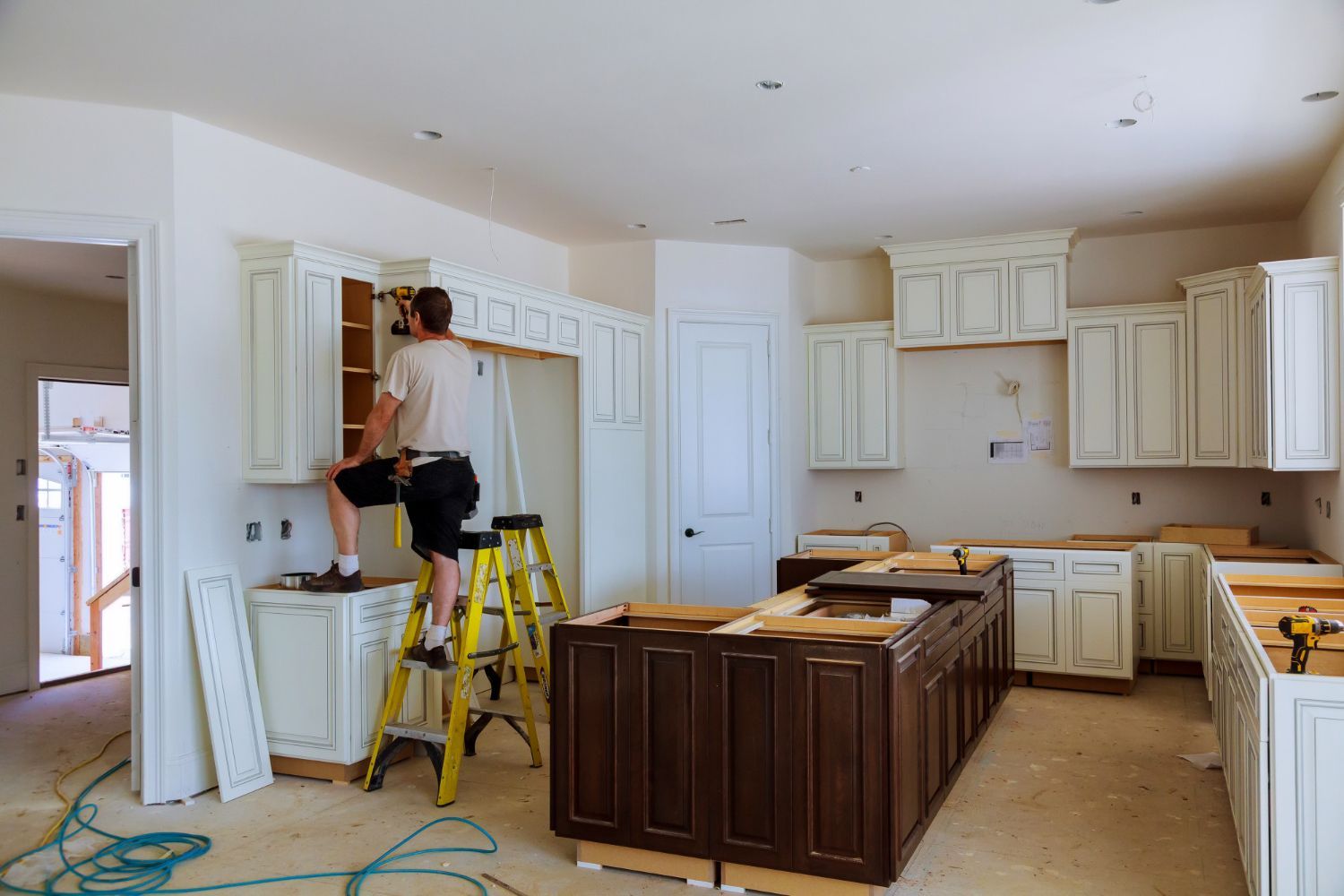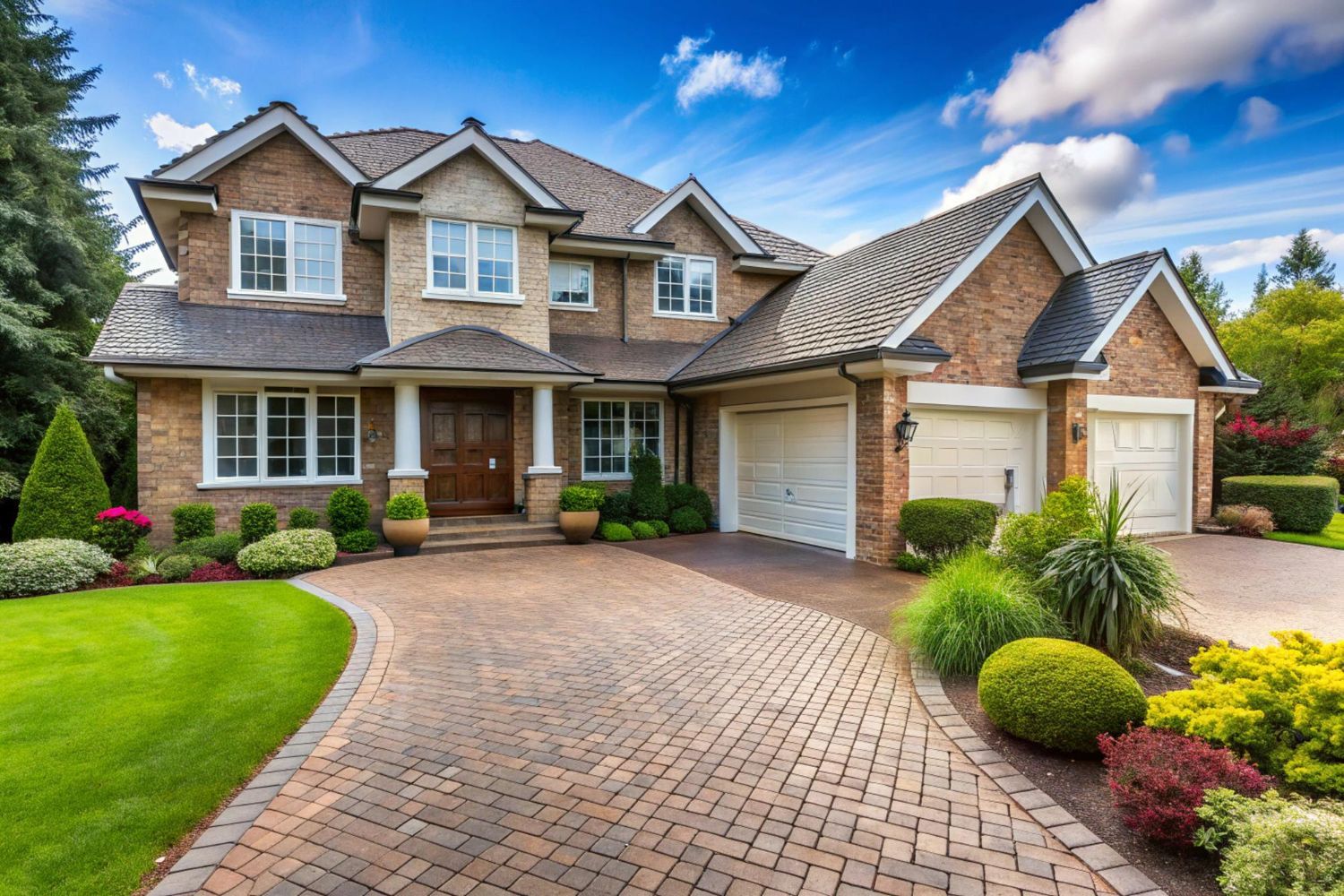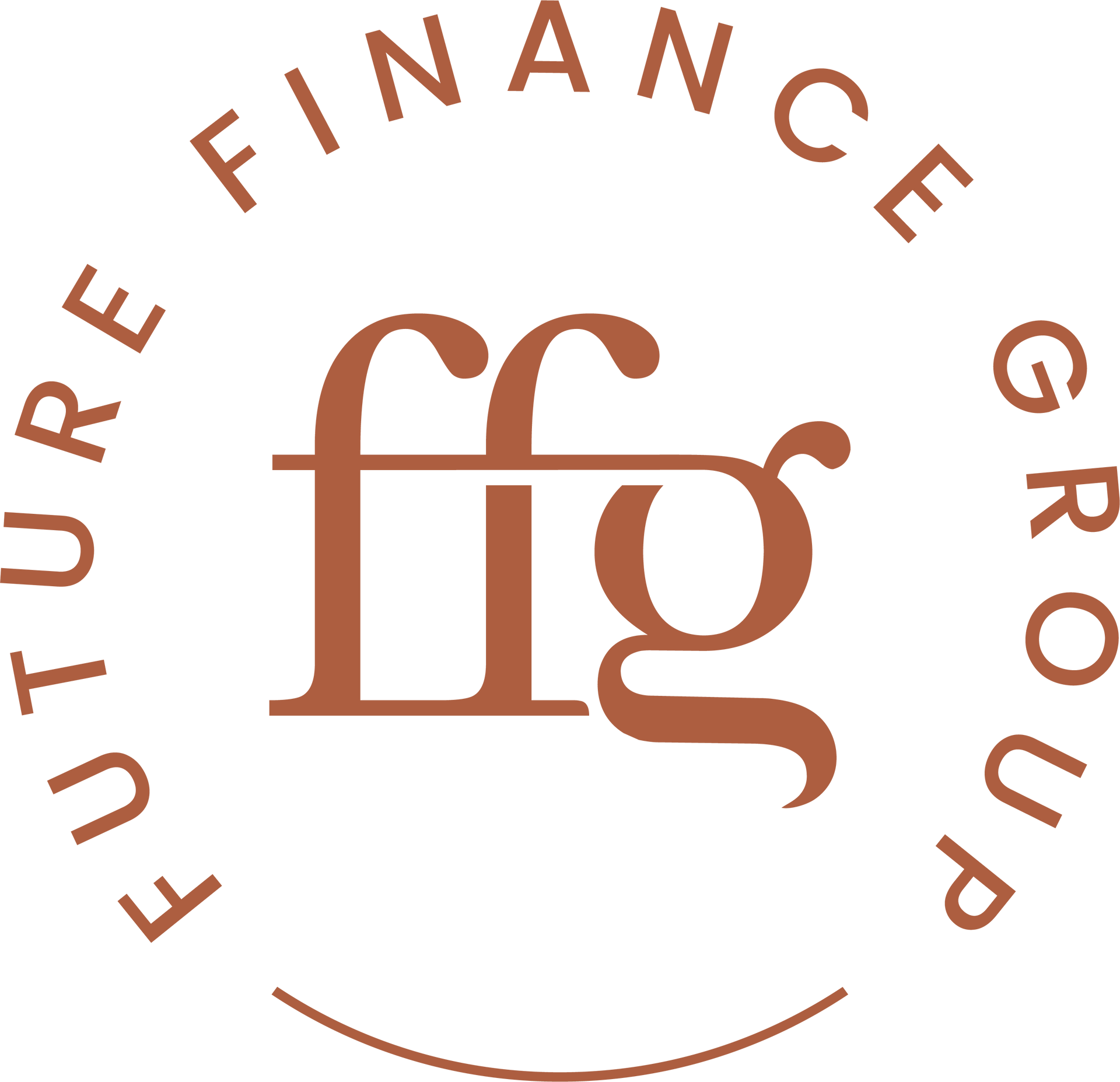DON’T BE FOOLED!
If you are like 30% of the Australian population, you likely already have a Buy Now, Pay Later (BNPL) account – or at the very least, you’ve considered getting one. (And if you are under 30, the likelihood is much higher.) We are talking about the likes of AfterPay, Zip, Humm, and the soon arriving ‘Pay in 4’ offering from PayPal.
Often compared to layby, they are not the same – and there are some significant differences.
With layby, you select your purchase and pay off the amount (without interest or fees) while the store looks after it until paid in full. You then get to experience that sweet moment when you pick up you goods, knowing there is nothing more to pay. Bonus! However, with BNPL, there is no waiting. You get the immediate thrill of the purchase from the beginning – with the sour aftertaste of ongoing payments. The repayments are still interest free – but not fee free.
In fact BNPL providers in the 2018-2019 period raked in over $40 million dollars in late-payment fees* alone. Add to this monthly account fees, payment processing fees, additional payment fees…. In some cases, the list goes on (and on and on), negating any “no interest” savings.
What does all this have to do with applying for a mortgage?
Regular and ongoing BNPL spending is considered an indicator that the spender is living above their means – a big red flag to a financial institution looking to lend.
What can you do?
If you don’t already have a BNPL account – keep it that way. It might seem attractive and a neat way to manage your expenses, but there are hidden catches that would be best avoid.
If you do have a BNPL account here are some tips:
- Pay it off with your own money, don’t use a credit card. (Or you may end up paying interest on top of fees!)
- Plan for your BNPL payments so they are always paid on-time to avoid any additional fees.
- Talk to us about how to increase your positioning.
We love to help people at whatever stage they’re in to better their financial future and obtain their goals. Contact us today to see how we can help you. Email info@futurefinancegroup.com.au or call 8657 8664.
*Since the introduction of the Voluntary Code of Practice on 1st March this year, there has been the introduction of late fee caps and processes whereby BNPL providers are to notify their customers of upcoming payments. This is being implemented by those who have agreed to abide by the Code.
Sources and Links:
Photo Attribution: Sale photo created by gpointstudio – www.freepik.com
Disclaimer: This article provides general information only and has been prepared without taking into account your objectives, financial situation or needs. We recommend that you consider whether it is appropriate for your circumstances and your full financial situation will need to be reviewed prior to acceptance of any offer or product. It does not constitute legal, tax or financial advice and you should always seek professional advice in relation to your individual circumstances. Subject to lenders terms and conditions, fees and charges and eligibility criteria apply. © 2021



